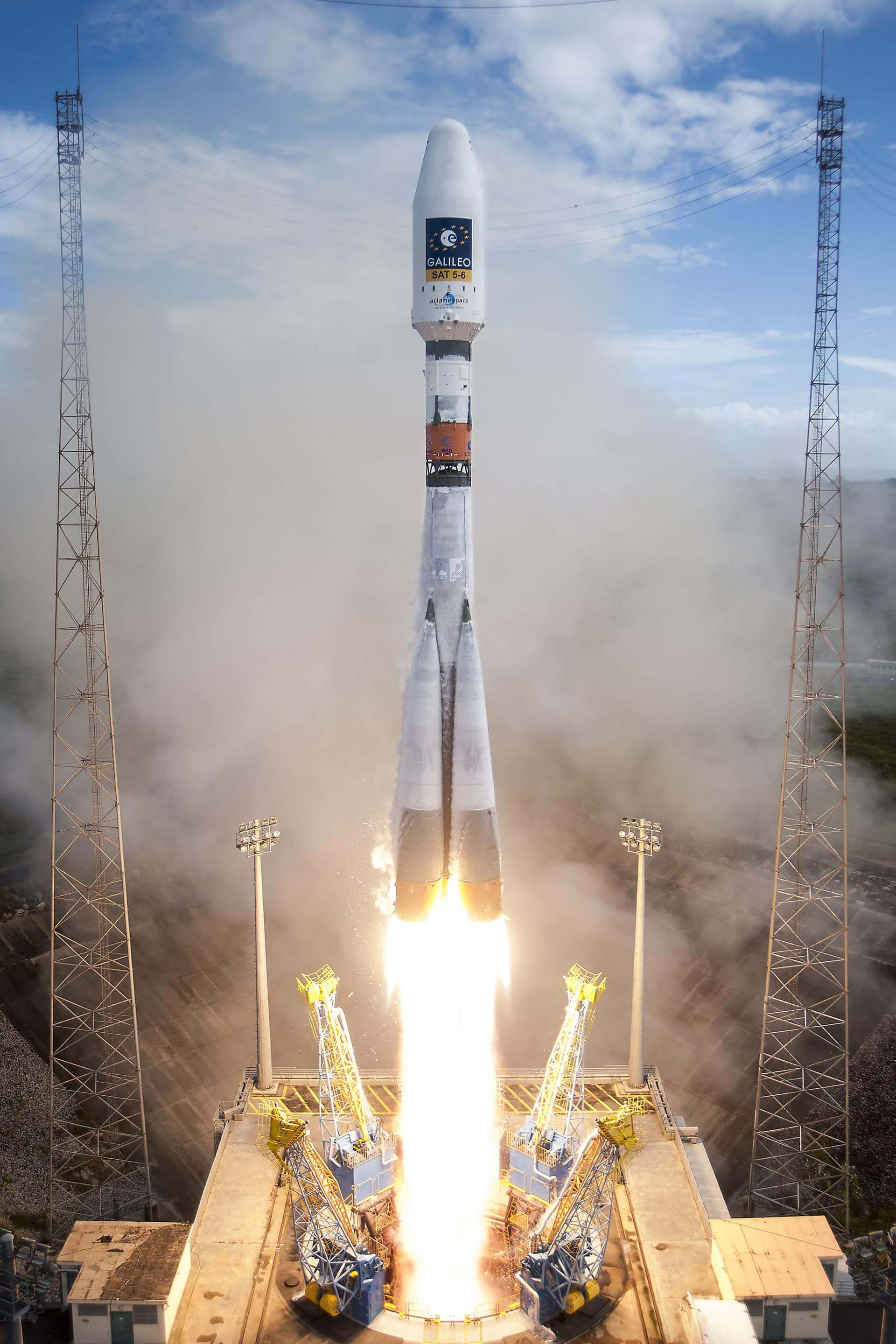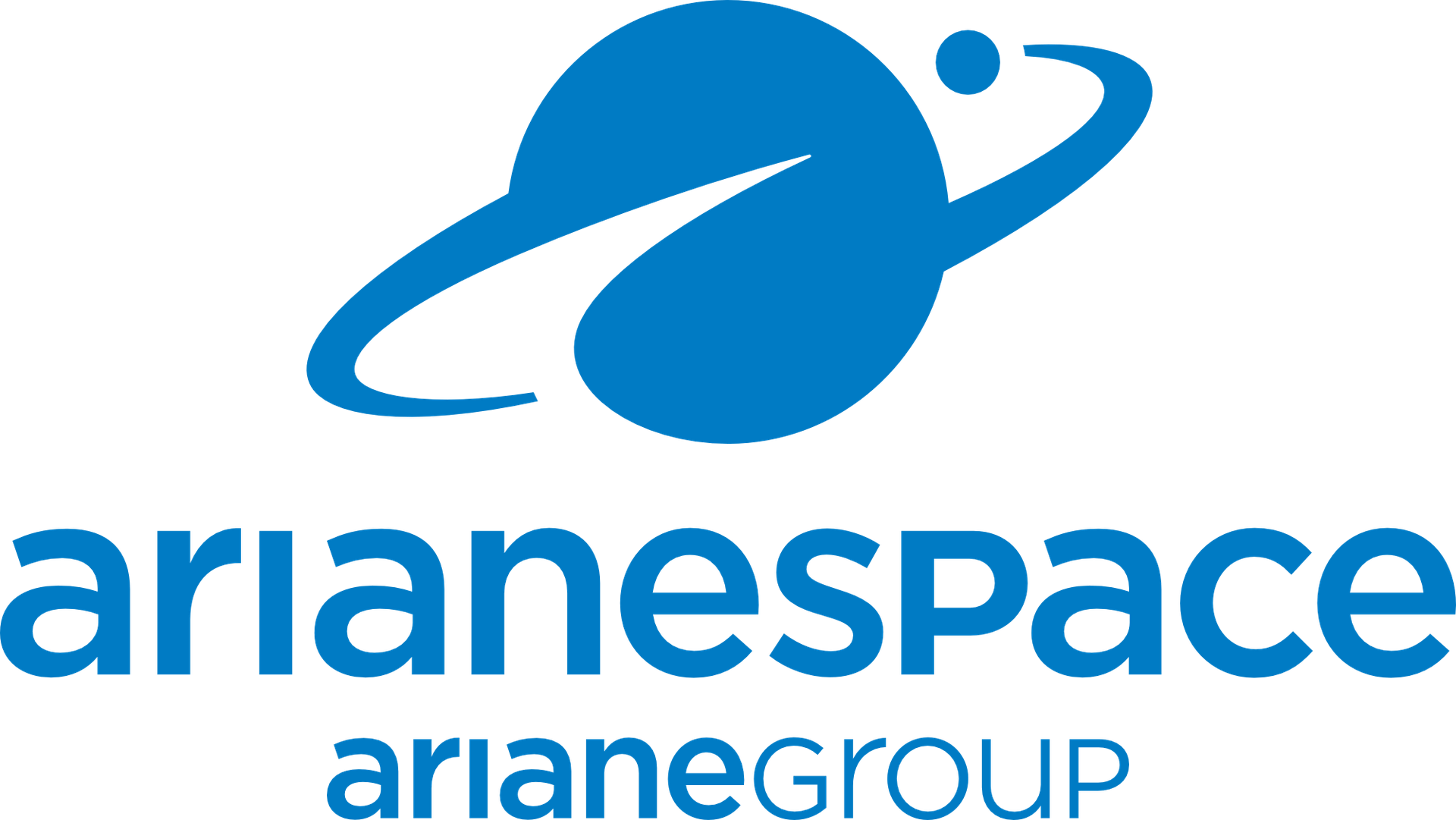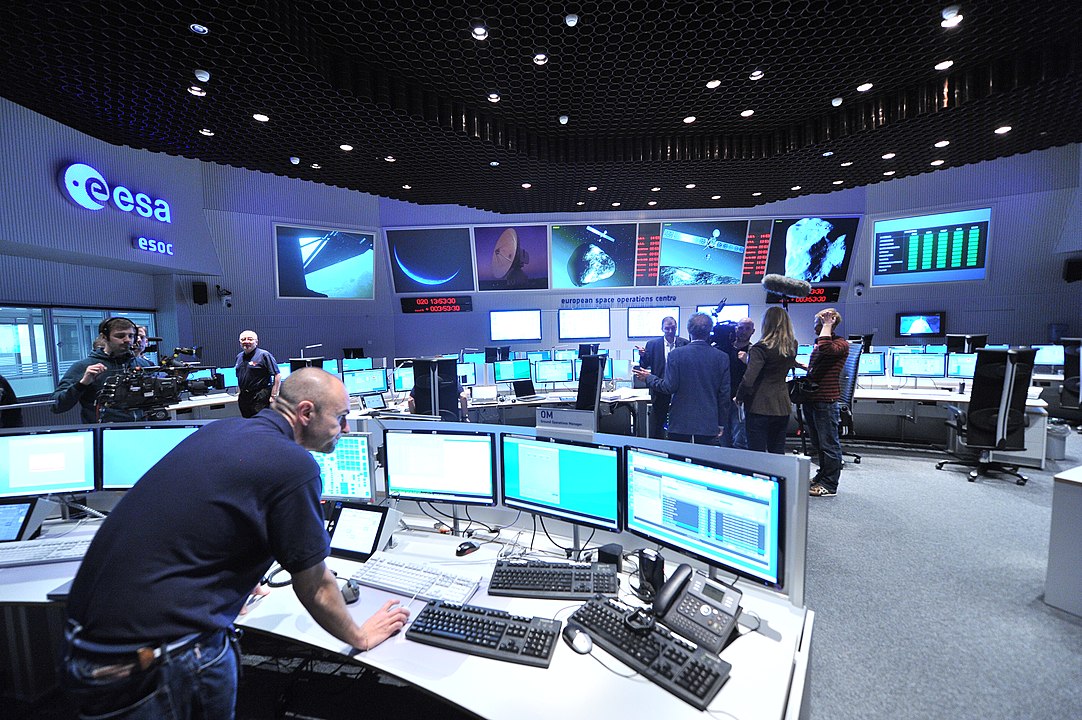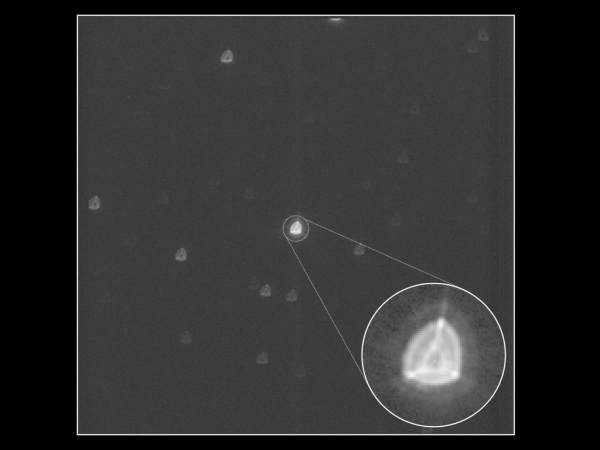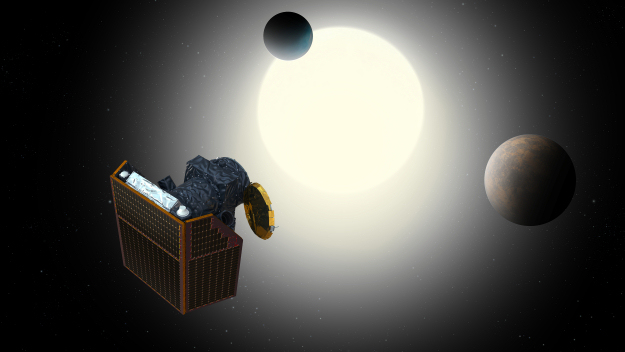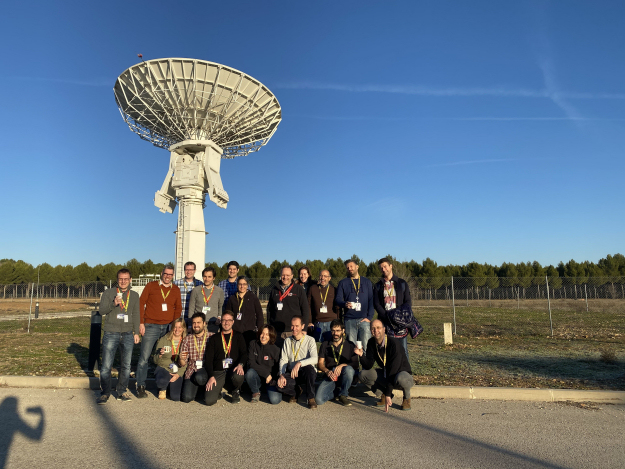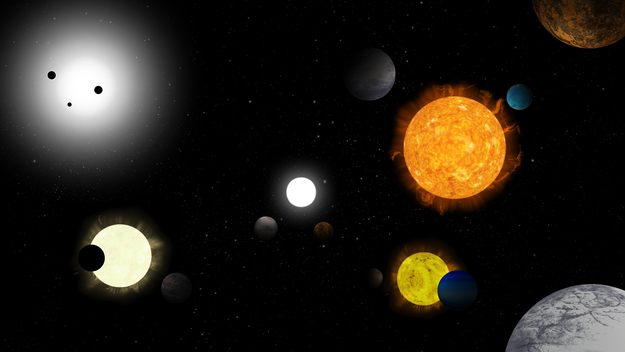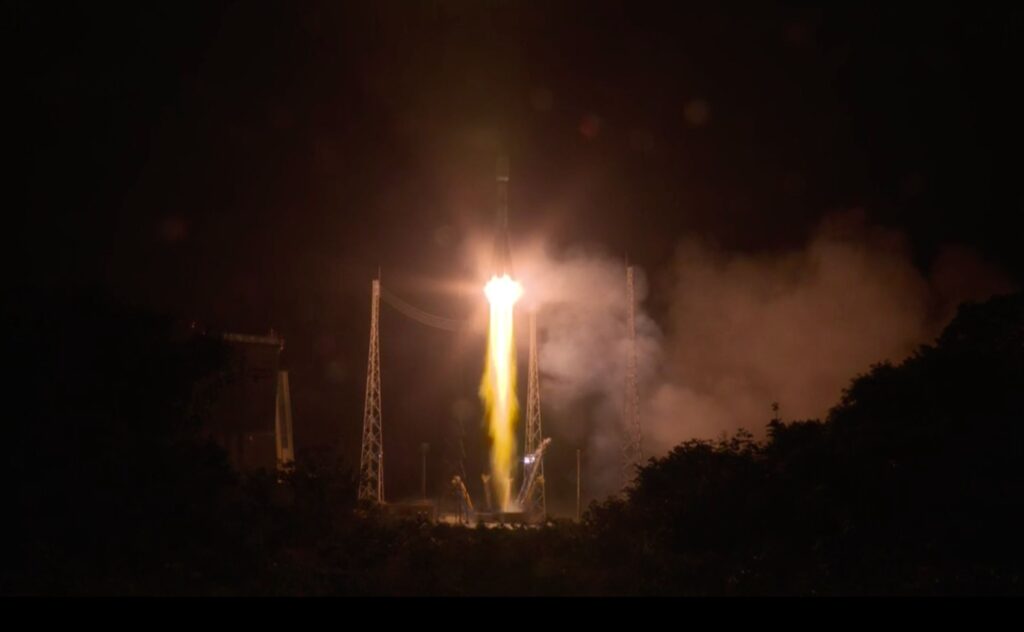Soyuz STB/Fregat | CSG-1, CHEOPS, & others
Soyuz Launch Complex
Guiana Space Centre, French Guiana
T?
--
Days
:
--
Hours
:
--
Mins
:
--
Secs
Date Loading...
CSG-1, CHEOPS, & others
The COSMO-SkyMed Second Generation satellite (CSG-1) is an Earth observation spacecraft featuring state-of-the-art technologies and engineering solutions, further bolstering Italian leadership in this sector. It's one out of two satellites to replace the first generation COSMO-SkyMed system. This second-generation system, including its ground segment, will set a new performance standard for space-based radar observation systems in terms of precision, image quality and the flexibility of user services. It is a dual (civil/military) system, designed to address the requirements of both commercial and government customers, as well as the scientific community. The COSMO-SkyMed Second Generation satellites are equipped with synthetic aperture radar (SAR), capable of observations under any weather or light conditions, day or night. The Characterising Exoplanet Satellite (CHEOPS) is an ESA mission implemented in partnership – in particular with Switzerland. CHEOPS is the first mission dedicated to studying bright, nearby stars that already are known to host exoplanets in order to make high-precision observations of the planet's size as it passes in front of its host star. The spacecraft will focus on planets in the super-Earth to Neptune size range, with its data enabling the bulk density of the planets to be derived – a first characterization step towards understanding these alien worlds. Flight also includes 3 auxiliary payloads: OPS-SAT, EyeSat, ANGELS. OPS-SAT is the world’s first free-for-use, in-orbit test bed for new software, applications and techniques in satellite control. It enables new software to be tested in orbit. In the first year of operation, OPS-SAT will host over 100 in-flight experiments submitted from many ESA Member States. EyeSat is a 3U CubeSat designed to study the zodiacal light and image the Milky Way. It's fitted with an instrument called IRIS, which is a small space telescope. ANGELS is a 12U CubeSat, and is the French industry’s first nanosatellite. The satellite will be fitted with a miniaturized ARGOS Néo instrument, which is 10-times smaller than the equivalent previous-generation device. The instrument collects and determines the position of low-power signals and messages sent by the 20,000 ARGOS beacons now in service worldwide.
Soyuz STB Fregat
Height 46.30 Meters
Max Stages 3
Mass To GTO 3250 kg
Liftoff Thrust 0 kN
Diameter 2.95 Meters
Mass To LEO 8200 kg
Liftoff Mass 312 Tonnes
Launch Success 13
Consecutive Success 11
Maiden Flight 2011-10-21
Launch Failures 1
Related News
2022-06-07T07:44:01+0000
ESA
Cheops AO-3 Programmes
2022-02-15T10:59:46+0000
ESA
CHEOPS Announcement of Opportunity (AO-3)
2022-01-16T21:32:51+0000
NASASpaceflight
New research from ESA’s CHEOPS observatory reveals rugby ball shape of strange exoplanet
2021-11-04T21:06:58+0000
ESA
CHEOPS AO-3 Postponed
2021-06-28T15:23:03+0000
ESA
Unique exoplanet photobombs CHEOPS study of nearby star system
2021-01-25T15:10:07+0000
ESA
ESA's exoplanet watcher CHEOPS reveals unique planetary system
2020-11-04T06:15:45+0000
ESA
CHEOPS Second Announcement of Opportunity (AO-2)
2020-04-16T08:00:00+0000
ESA
CHEOPS observes its first exoplanets and is ready for science
2020-02-07T08:59:00+0000
ESA
A perfect blur – First image by exoplanet watcher CHEOPS
2020-01-29T11:00:00+0000
ESA
CHEOPS opens its eye to the sky
2020-01-10T08:00:00+0000
ESA
Switching on the CHEOPS instrument
2019-12-18T14:26:00+0000
ESA
Liftoff for CHEOPS, ESA's exoplanet mission
2019-12-18T09:56:38+0000
SpaceNews
Arianespace launches ESA’s CHEOPS satellite to study exoplanets
2019-12-18T09:20:51+0000
NASASpaceflight
Arianespace launches historic CHEOPS exoplanet satellite mission
2019-12-17T03:48:00+0000
Spaceflight Now
Timeline of Soyuz launch with CSG 1 and CHEOPS
2019-12-15T07:38:00+0000
Spaceflight Now
